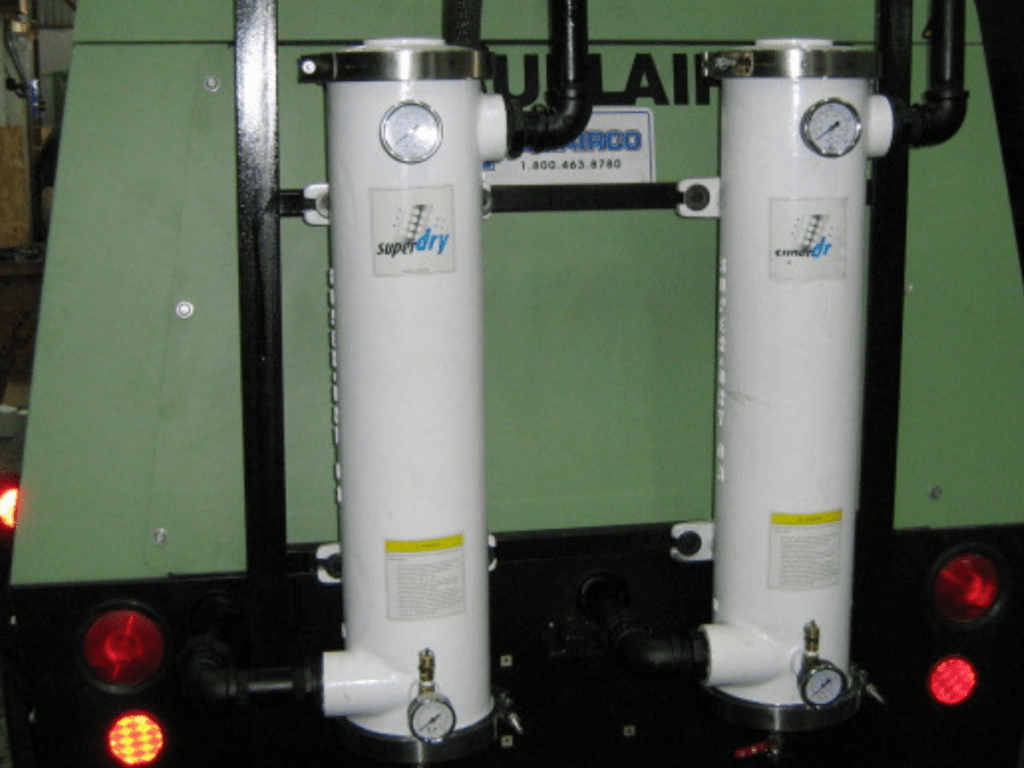What Are Desiccants?
Desiccants are elements used in packaging that reduce moisture content in humid conditions by drawing it out of the air. Desiccants are often used to ship, store, or preserve items and products. From military weapons to shoes, they work to keep everything dry.
Desiccants exist in various forms and can be produced using a molecular sieve, activated alumina montmorillonite clay, silica gel, activated carbon, calcium sulfate, and more.
It is essential to use the right kind of desiccant for different applications. For example, salt is a desiccant substance, yet when it comes into touch with metal, it causes corrosion. Thus, you must avoid using it to dry storage spaces for metal objects.
In short, desiccants exist to combat the following:
- Moisture inside or on the package’s walls
- Moisture that seeps inside the package
- Water vapors inside the packaging
Common Uses for Desiccants
Desiccants absorb moisture from the air to prevent items from water or moisture damage. The weak-acting intermolecular forces are referred to as adsorption. Desiccants use the multiple-layer adsorption principle to protect items like equipment and machinery.
They attract thin moisture molecule layers from the surroundings onto their surface. Several desiccants function by using a capillary condensation process with tiny holes that gradually fill with water molecules.
Due to the high humidity level in the air, desiccant products are helpful in situations where the evaporation rate is relatively low. Since they remove excess humidity in the atmosphere to maintain its dryness and hygiene, desiccants also function as dehumidifiers.
There are several uses for dehumidifiers in both domestic and commercial settings. Below are a few significant applications for desiccants:
Goods Transportation
The packaging procedure relies heavily on commercially available drying agents when shipping goods. These agents prevent moisture from damage to the products and ensure they are transported in their original form.
Elimination of Airborne Contaminants
Desiccants made from activated carbon can remove airborne contaminants, leaving behind a clean, fresh atmosphere. One of the best things about using carbon desiccants is they eliminate foul odors in confined spaces like basements, garages, and storerooms.
Used in Desiccant Air Dryers
Another common use of desiccant is in air dryers. Although there are many different dryer varieties, most of them function similarly. However, desiccant dryers differ from conventional plastic drying agents as they typically use heated dry air to reduce the moisture content from resin pellets rather than ambient air.
The air circulates in this closed-loop desiccant drying process. This circulation prevents the outside air from exiting the hopper and entering the outside air. Instead, the machine continuously moves the air to remove the humidity from the resins while sending it back to the dryer.
In short, desiccant air dryers are industrial equipment that employs desiccant to eliminate moisture from the air that channels through them.
Preservation of Chemicals
Desiccants are also used for chemical preservation. When some chemicals come into contact with moisture, they can create compounds. Thus, non-reacting desiccant materials are used for storing chemicals.
Used to Protect Household Products
In addition to being used in industrial buildings, desiccants are crucial for protecting household products. For example, food items like beans and spine often go bad due to moisture, which results in bacteria lumps.
Certain food items like rice act as natural desiccants for preservation. For example, adding rice grain to a spice jar can protect from moisture damage since rice absorbs moisture quickly. Moreover, salt is also a natural desiccant used to preserve and ship food items.
What Are Desiccant Packs?
Desiccant packs are small silica or bentonite gel packets that are often used to help keep objects extremely dry and moisture-free. They provide a cost-effective solution to preserve and store goods and resources over time and can shield your products from harm caused by moisture.
Businesses often use high-quality desiccant packs to protect their physical inventory from moisture. Here are a few uses of desiccant packs:
Preventing Rust on Jewelry Items
Tired of rust ruining your favorite jewelry items? All you have to do is place a desiccant pack in your jewel box, and it will absorb all the moisture, keeping your jewelry good as new.
Preserving Old Photographs
Using desiccant packets would be pretty beneficial if you have a lot of old images. These packets can help prevent moisture damage to the pictures over time so you can look back on your photos without a clouded or dirty view.
Restoring Mobile Phones Damaged Due to Water
Did you accidentally drop your phone in the water? Don’t worry; a desiccant pack can save it. All you need to do is place your phone in a sealed plastic bag with a few desiccant packets. Leave it there for a day or two; it works like magic.
Preventing Rust on Tools
Rust can damage your tools and render them useful. But not anymore, thanks to desiccant packets. All you have to do is add a few desiccant packets in your toolbox to keep them rust-free.
Protecting Electronics
Electronics with screens or lenses, such as DSLRs, are sensitive to condensation and moisture. You can protect them by adding desiccant packs in their storage bags.
Final Word
Are you looking for a desiccant air dryer to protect your machinery from moisture damage? Look no further than Super Dry Systems. We offer a variety of desiccant air dryers for various industrial or point-of-use applications.
You can browse our affordable range of desiccant air dryers, including Inline Desiccant Dryers for Air Compressors, Mini Air Compressor Filter Dryers, Air Compressor Water Separator, Compressed Air Dryer Filters, and more.
Click here to get in touch with our experts today. You can also email info@super-dry.com or call 1-888-828-1122 to learn more about our offerings.


